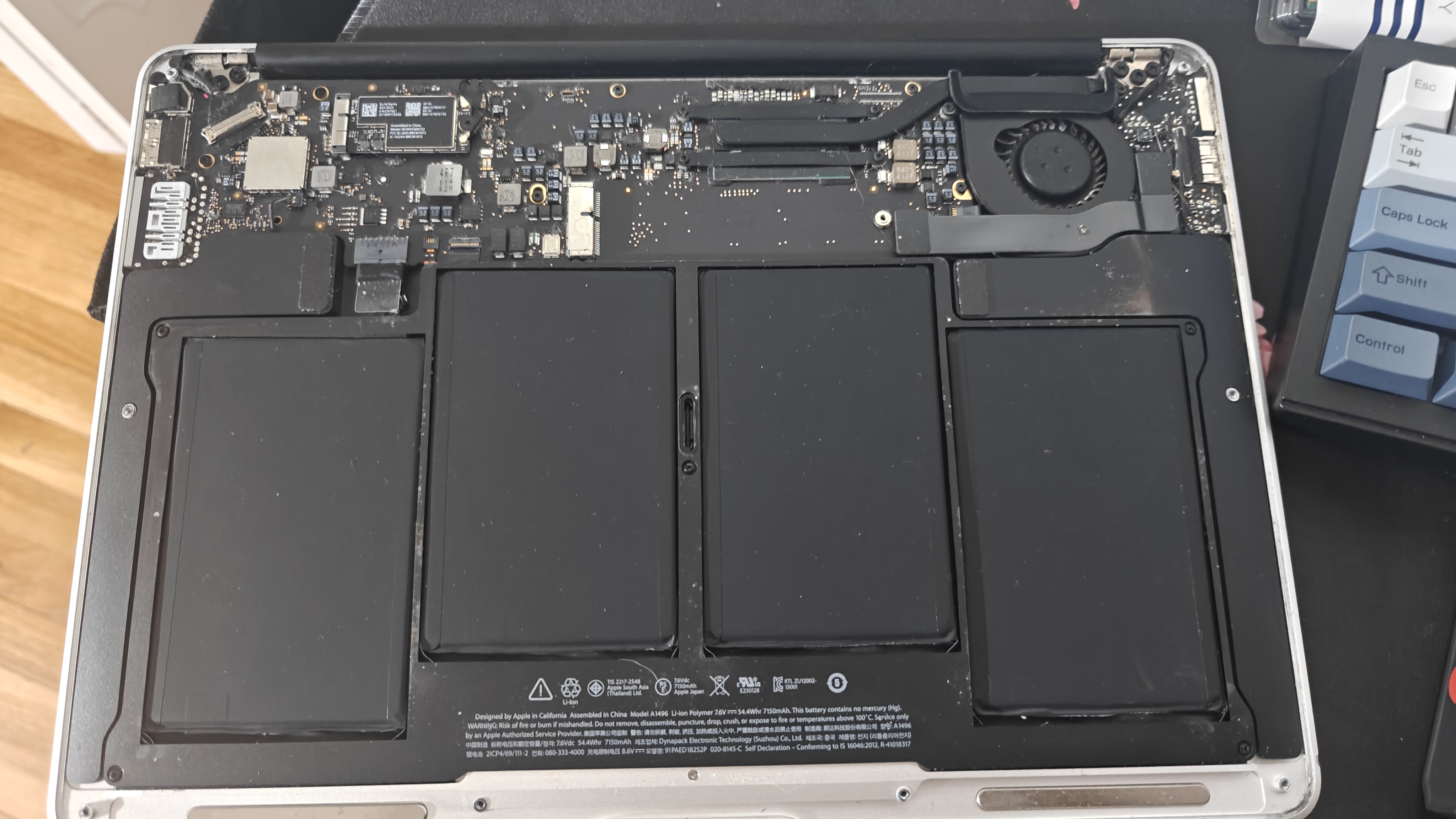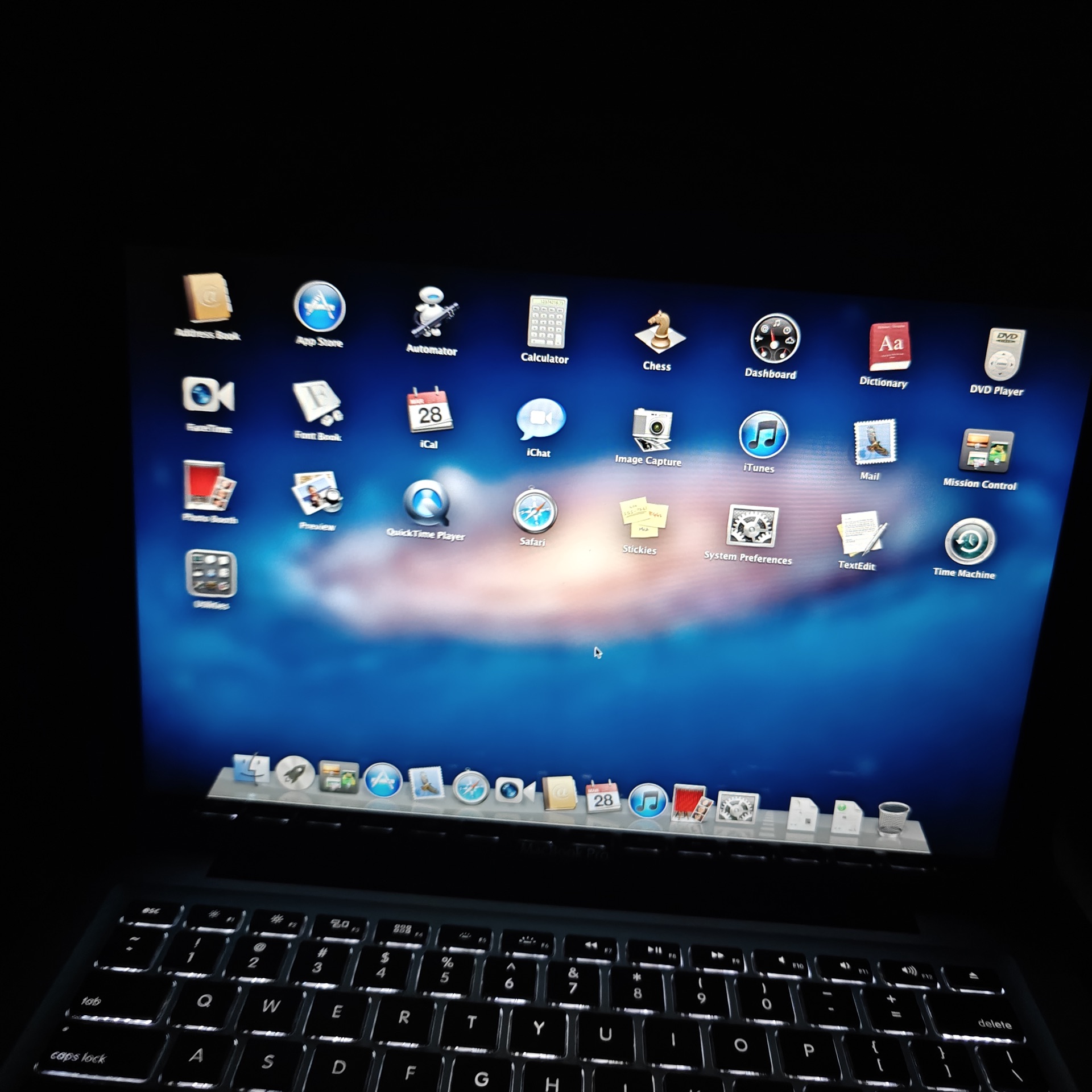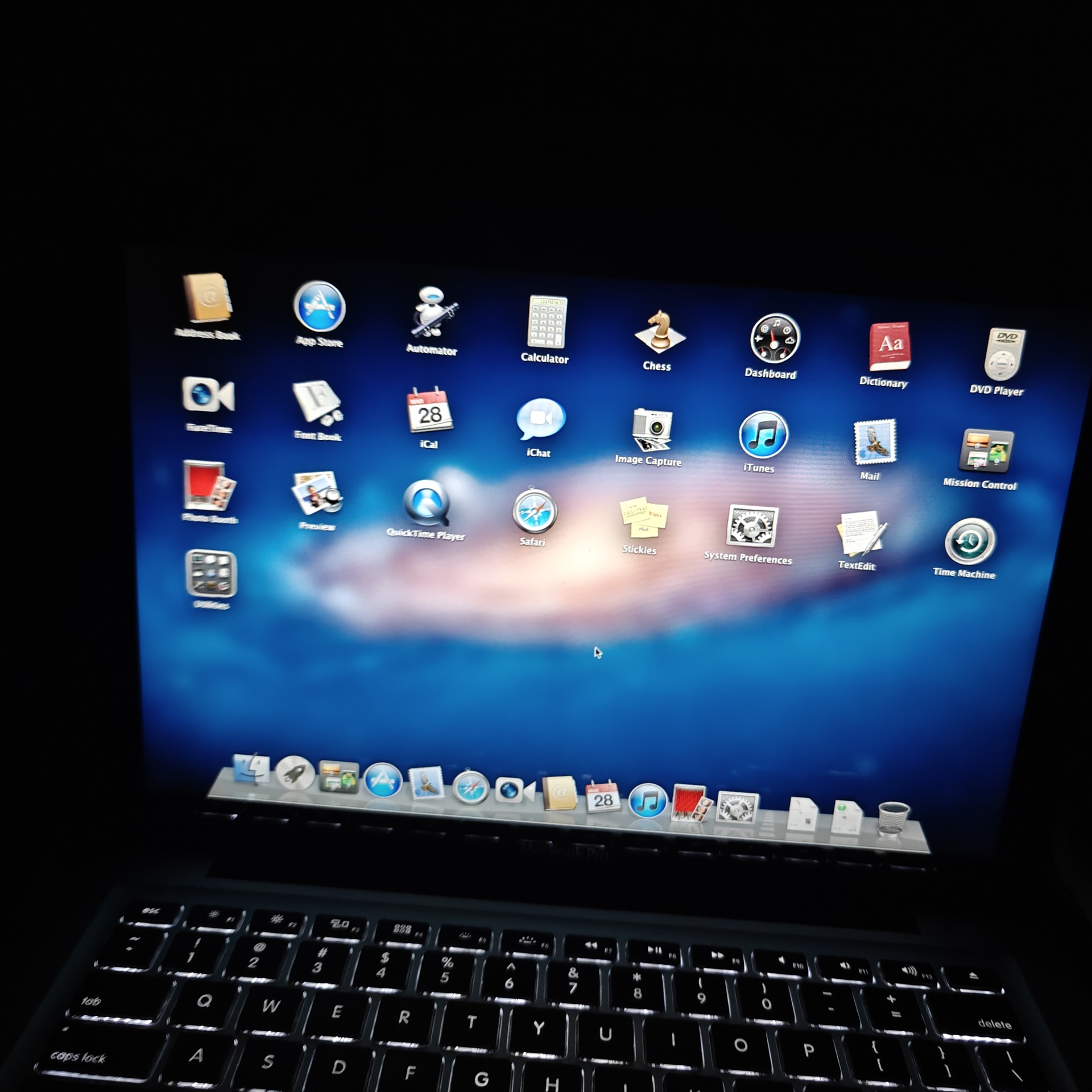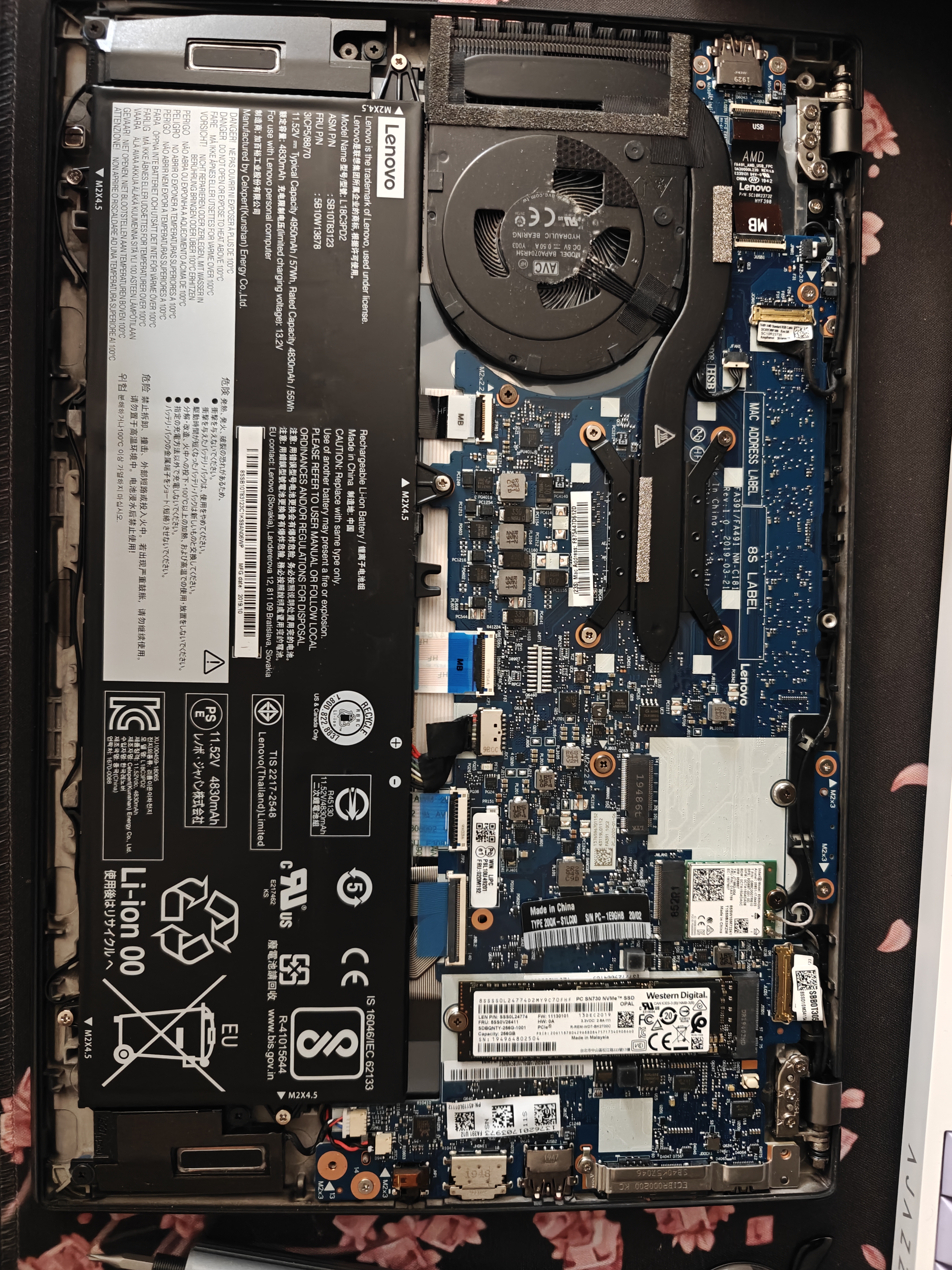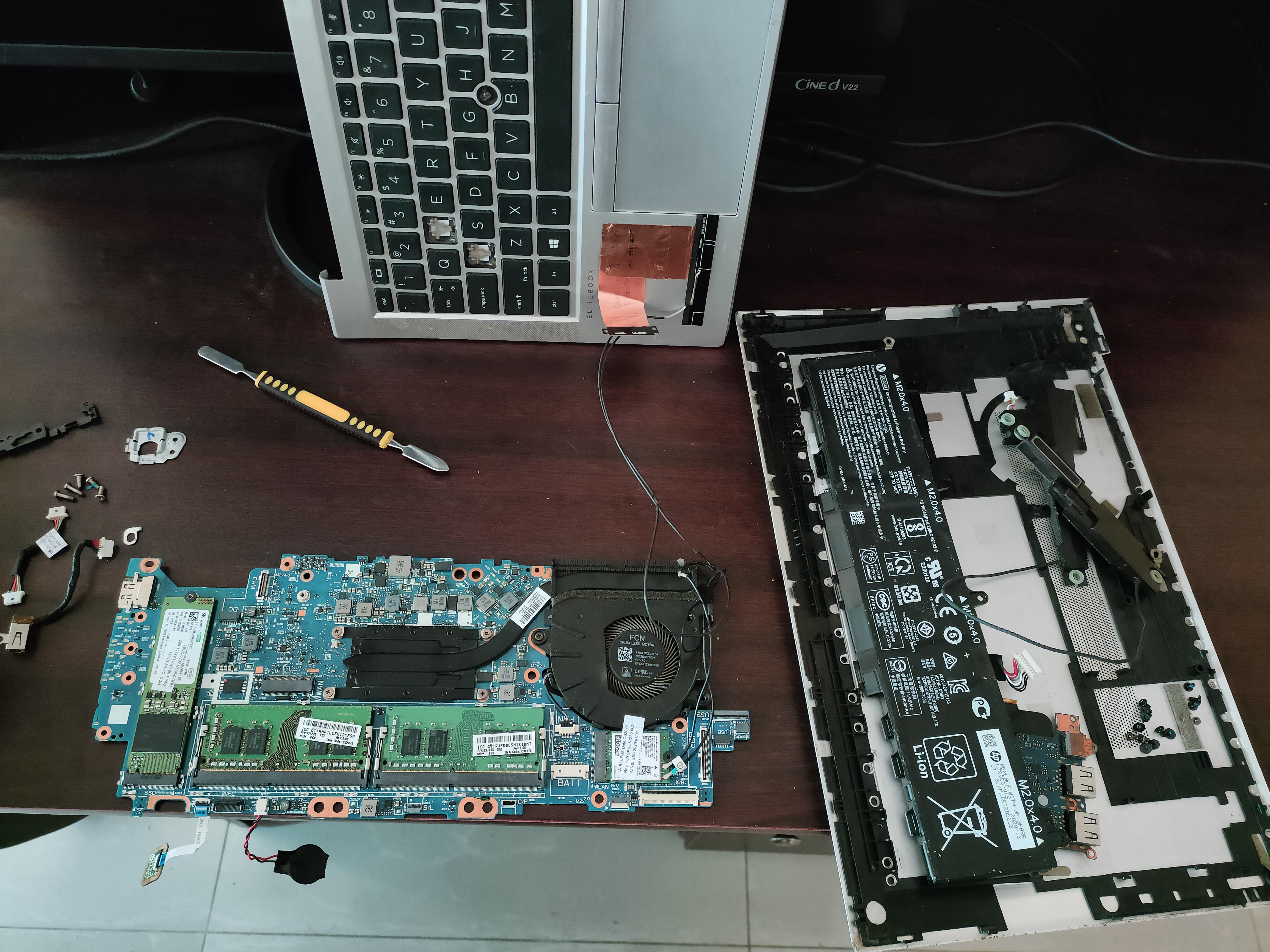Initial Inspection
Opening up the MacBook Air 2015 13-inch reveals Apple’s elegant internal layout from the last generation before the major redesign. This model represents the final iteration of the classic tapered aluminum design.
Logic Board Detail
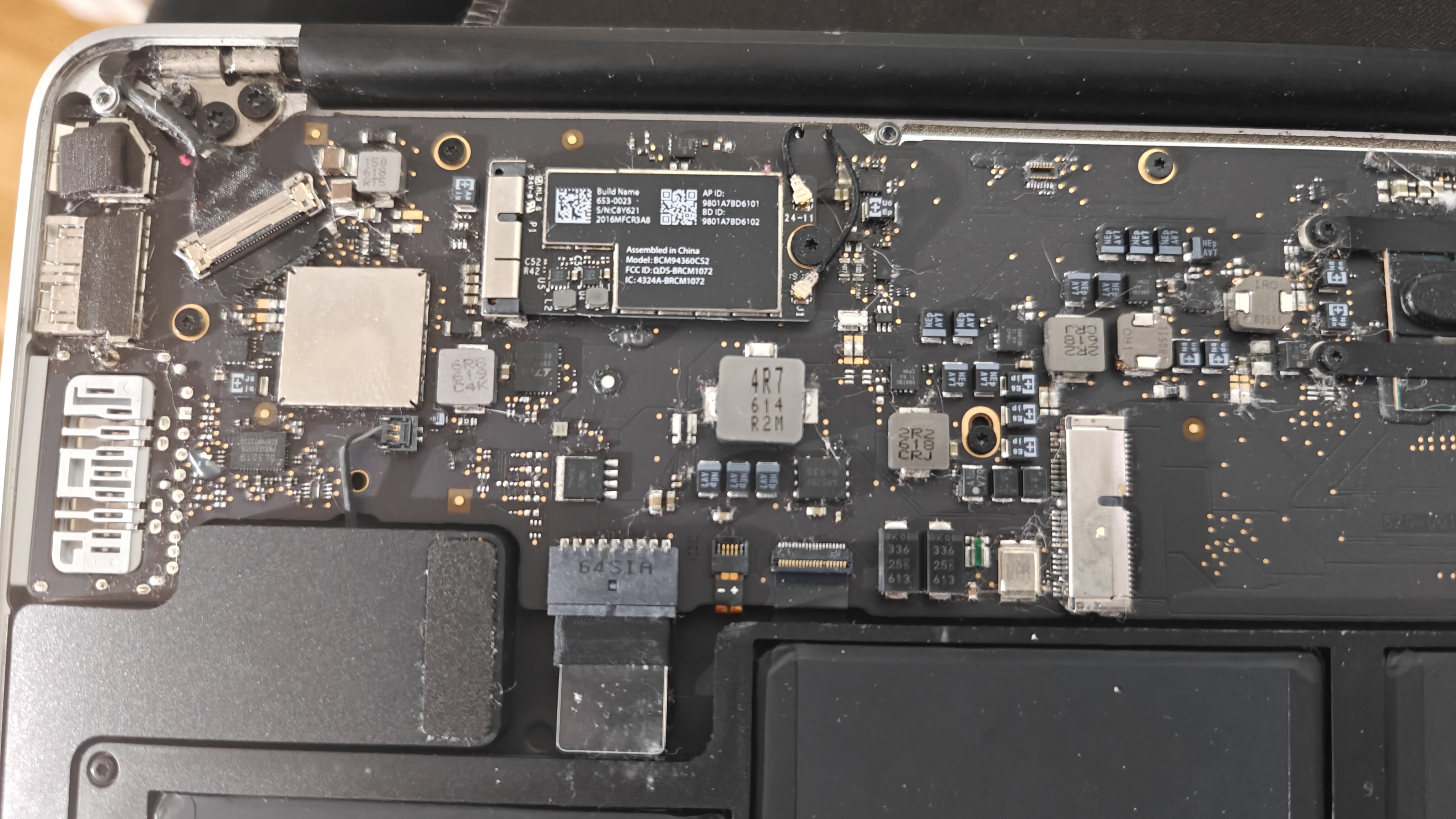
The logic board layout shows Apple’s integration philosophy - everything soldered and tightly packed for maximum space efficiency in the slim chassis.
Original OS and Firmware Considerations
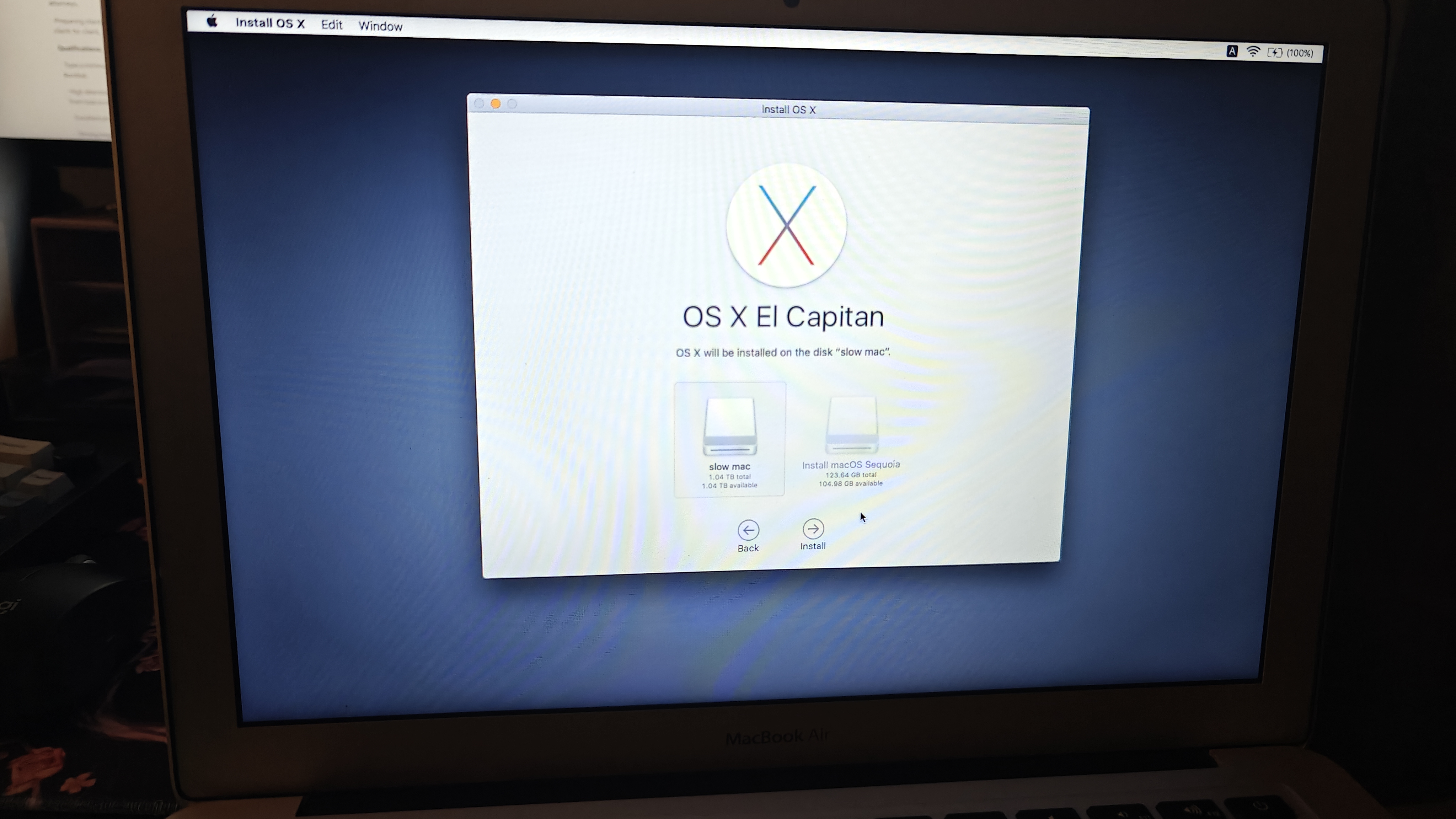
This MacBook originally came with OS X El Capitan 10.11 and I wanted to see if it could handle Sequoia, but came to an issue with trying that. I have to get the OEM SSD or a well-known documented SSD, update firmware by getting macOS High Sierra 10.13+ (which includes the required EFI firmware update for third-party NVMe SSD support), and then installing whatever newer version with OpenCore.
The firmware issue: Third-party SSDs won’t be recognized without the firmware update that ships with High Sierra 10.13 or later. The original Apple SSD must be present during the High Sierra installation to receive this firmware update.
SSD Upgrade Considerations
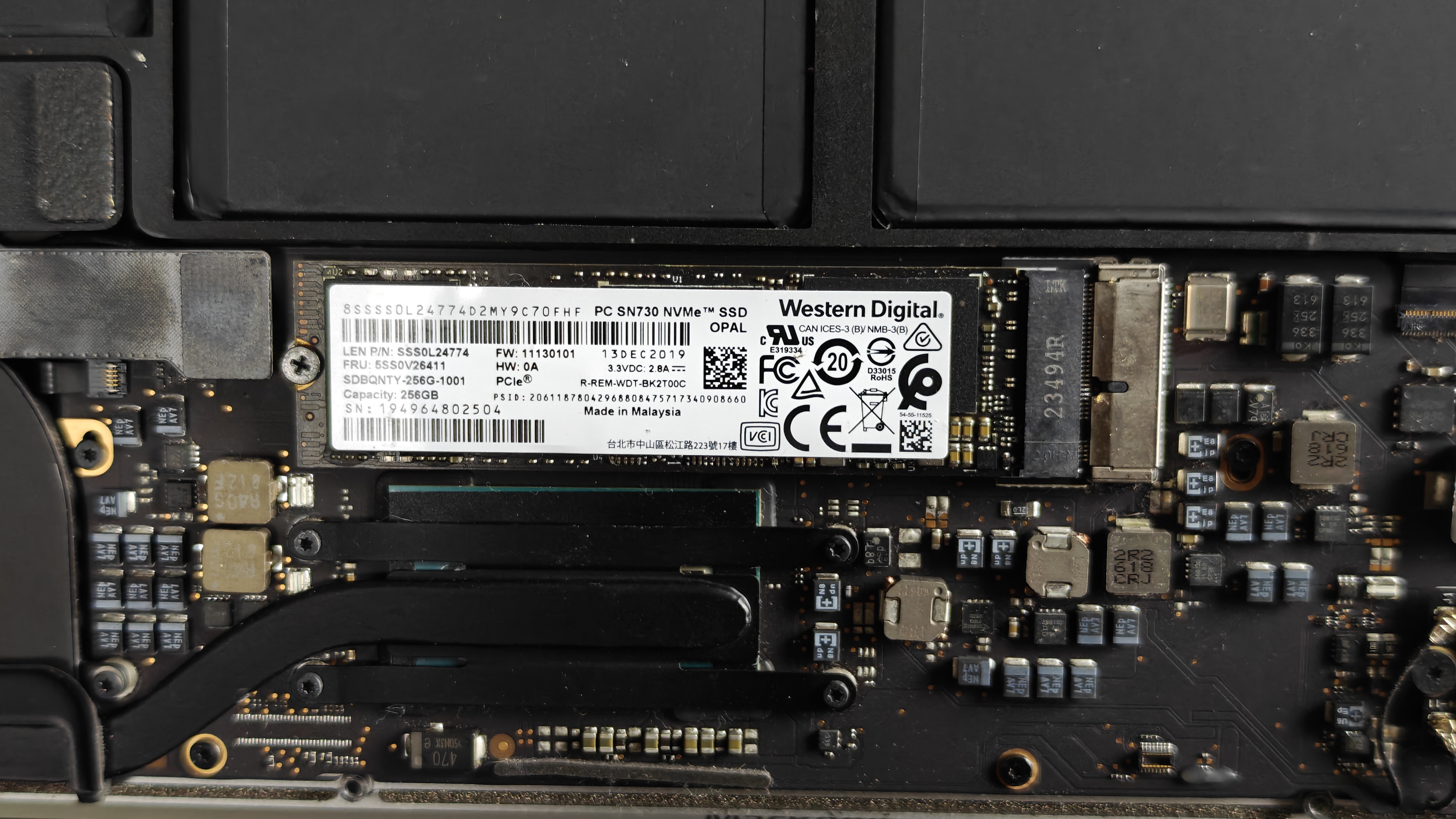
The Adapter Requirement
Apple’s proprietary NVMe socket in the 2015 MacBook Air uses a custom connector that’s incompatible with standard M.2 SSDs. This necessitates using an adapter to install third-party NVMe drives.
Performance impact:
- Adapter introduces approximately 15% speed reduction from the drive’s maximum rated speeds
- Despite this limitation, modern NVMe SSDs through adapters might still outperform the original Apple SSD
- The bottleneck comes from the adapter’s PCIe lane configuration and connector translation
Example: A rated 3500MB/s read speed NVMe drive might achieve ~3000MB/s through the adapter - still significantly faster than the original 1200-1500MB/s Apple SSD in most configurations.
Adapter considerations:
- Sintech adapters are the most widely documented and compatible
- Proper seating critical to avoid recognition issues
- Some drive models more compatible than others
Technical Specifications
MacBook Air 13-inch, Early 2015 - Official Specifications
Processor
- 1.6GHz dual-core Intel Core i5 (Broadwell)
- Turbo Boost up to 2.7GHz
- 3MB shared L3 cache
- Configurable to 2.2GHz dual-core Intel Core i7
Memory
- 4GB or 8GB of 1600MHz LPDDR3 SDRAM (onboard, not upgradeable)
Storage
- 128GB or 256GB PCIe-based flash storage
- Configurable to 512GB
Graphics
- Intel HD Graphics 6000 (integrated)
- Shares system memory
Display
- 13.3-inch (diagonal) LED-backlit glossy display
- 1440 x 900 native resolution
- Millions of colors
Connectivity
- 802.11ac Wi-Fi
- Bluetooth 4.0
- Two USB 3.0 ports
- One Thunderbolt 2 port
- SDXC card slot
- MagSafe 2 power port
- 3.5mm headphone jack
Camera
- 720p FaceTime HD camera
Audio
- Stereo speakers
- Dual microphones
Physical Dimensions
- Height: 0.11-0.68 inch (0.3-1.7 cm)
- Width: 12.8 inches (32.5 cm)
- Depth: 8.94 inches (22.7 cm)
- Weight: 2.96 pounds (1.35 kg)
Battery
- 54-watt-hour lithium-polymer battery
- Up to 12 hours wireless web browsing
- Up to 12 hours iTunes movie playback
- Up to 30 days standby time
Operating System
- Originally shipped with OS X 10.10 Yosemite or OS X 10.11 El Capitan
- Officially supports up to macOS 12 Monterey
- Requires OpenCore Legacy Patcher for macOS 13+ (Ventura, Sonoma, Sequoia)
Repairability Notes
- Tool-free bottom case removal (10 Pentalobe screws)
- Battery replacement possible but requires careful adhesive work
- RAM soldered - not user-upgradeable
- SSD replaceable with proprietary connector or M.2 adapter
- Logic board repair difficult due to integrated components
Future Updates
This entry will be expanded with more detailed teardown photos and firmware upgrade documentation.
Initial inspection: March 2, 2025 Entry status: In progress - more photos and context to be added
